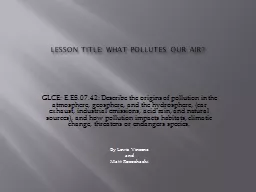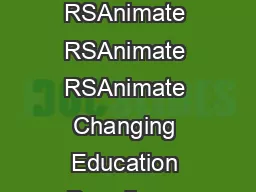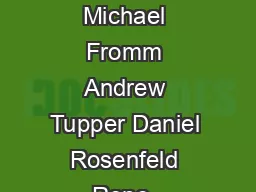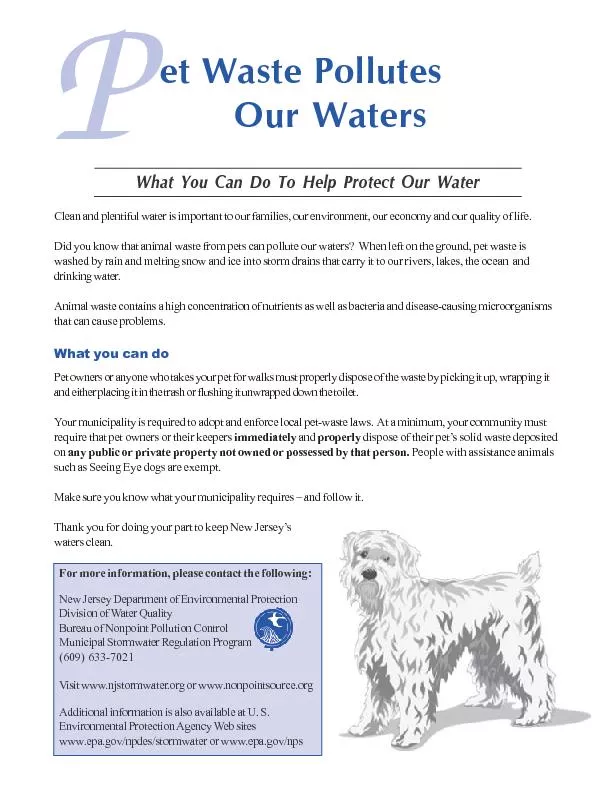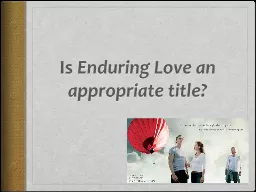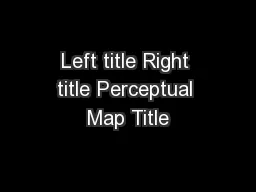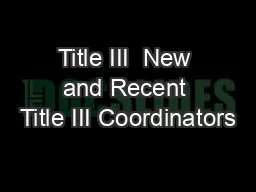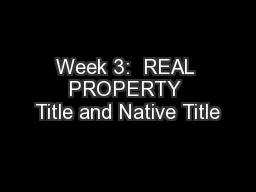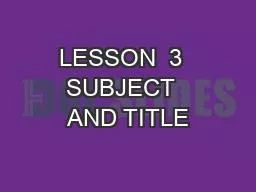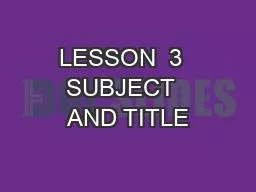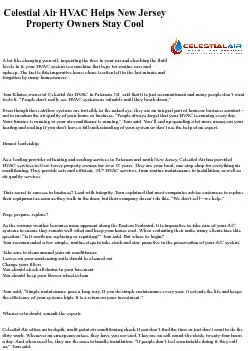PPT-Lesson Title: What Pollutes our air?
Author : alida-meadow | Published Date : 2017-04-17
GLCE EES0742 Describe the origins of pollution in the atmosphere geosphere and the hydrosphere car exhaust industrial emissions acid rain and natural sources and
Presentation Embed Code
Download Presentation
Download Presentation The PPT/PDF document "Lesson Title: What Pollutes our air?" is the property of its rightful owner. Permission is granted to download and print the materials on this website for personal, non-commercial use only, and to display it on your personal computer provided you do not modify the materials and that you retain all copyright notices contained in the materials. By downloading content from our website, you accept the terms of this agreement.
Lesson Title: What Pollutes our air?: Transcript
Download Rules Of Document
"Lesson Title: What Pollutes our air?"The content belongs to its owner. You may download and print it for personal use, without modification, and keep all copyright notices. By downloading, you agree to these terms.
Related Documents

